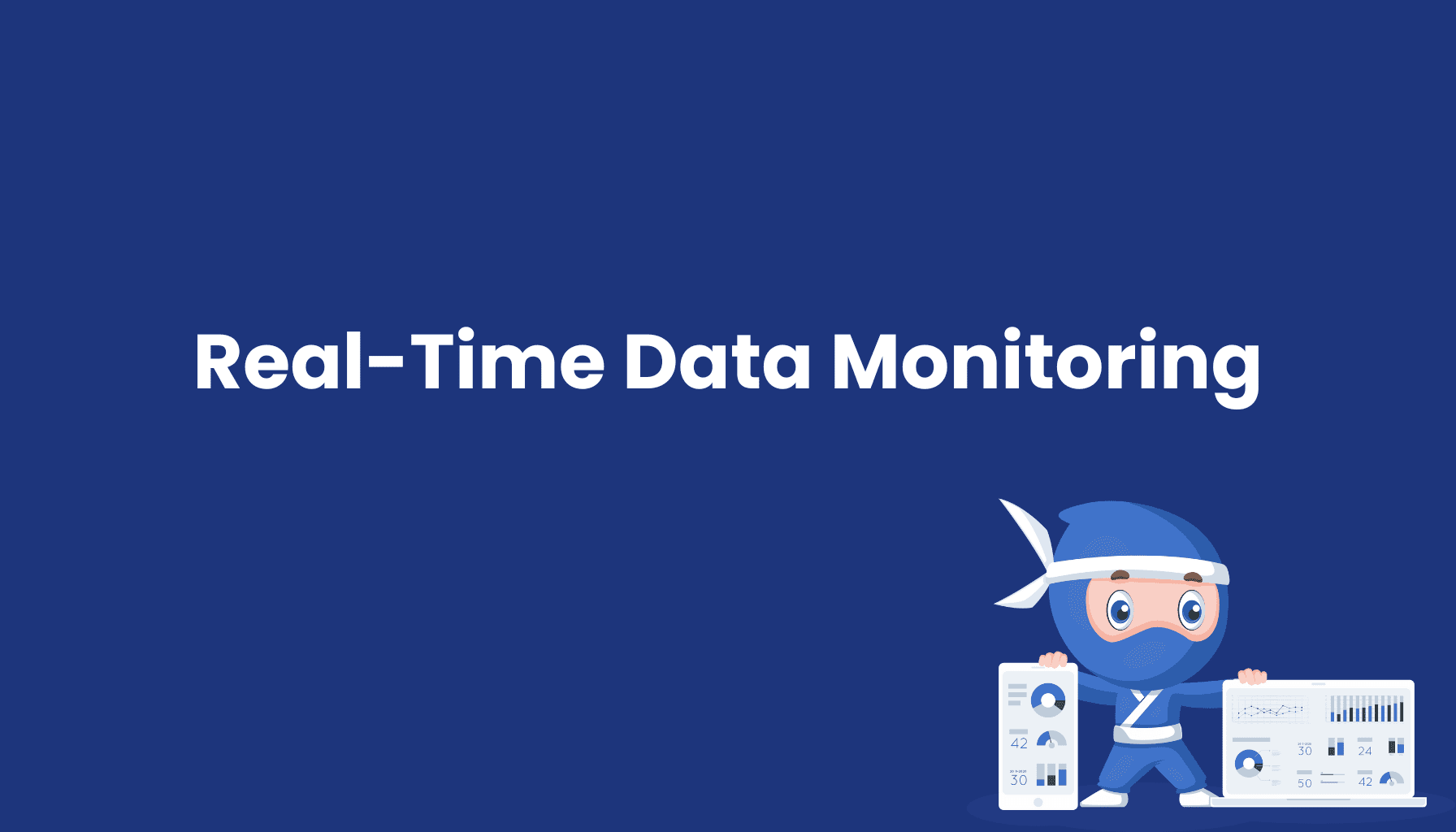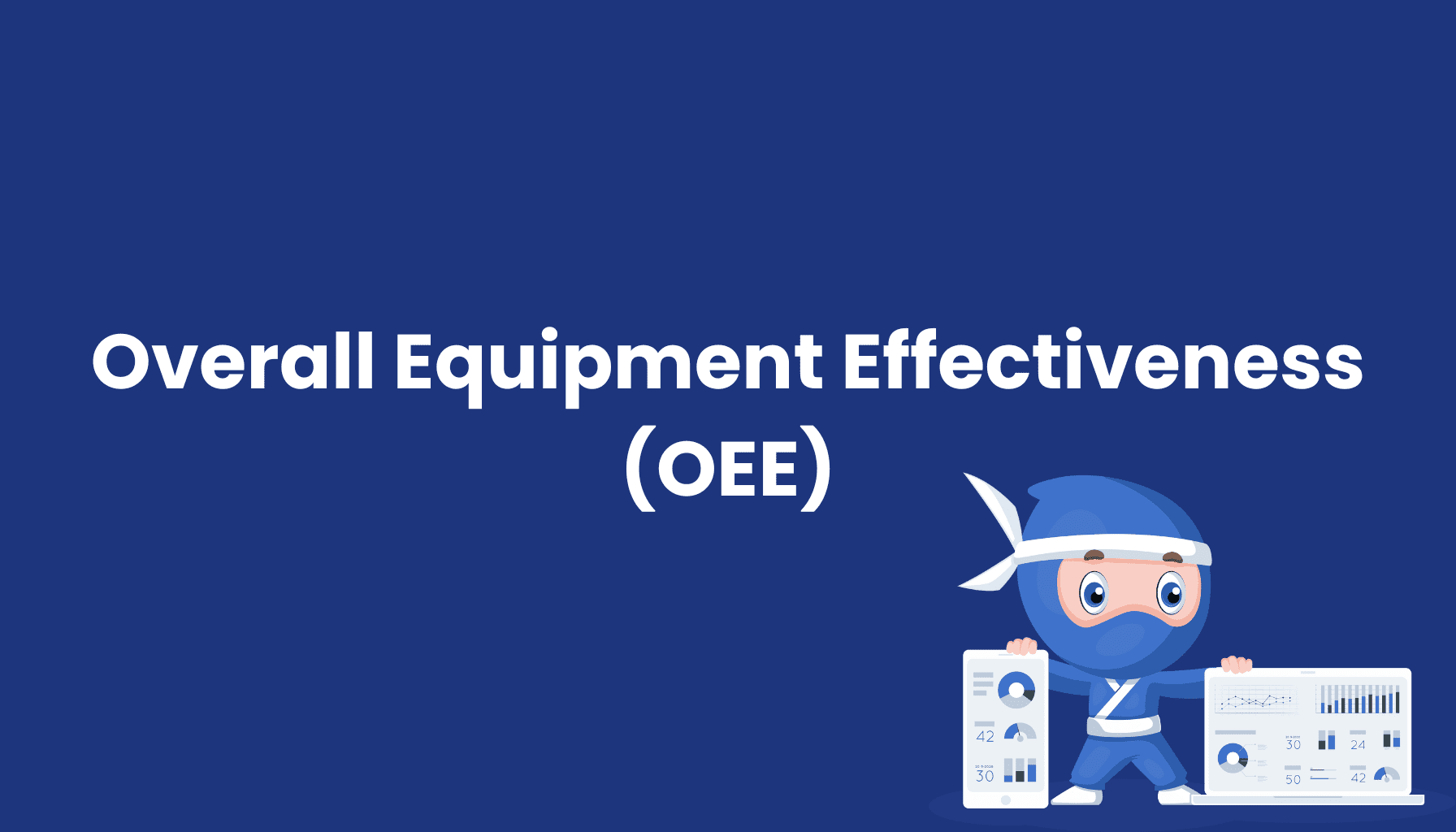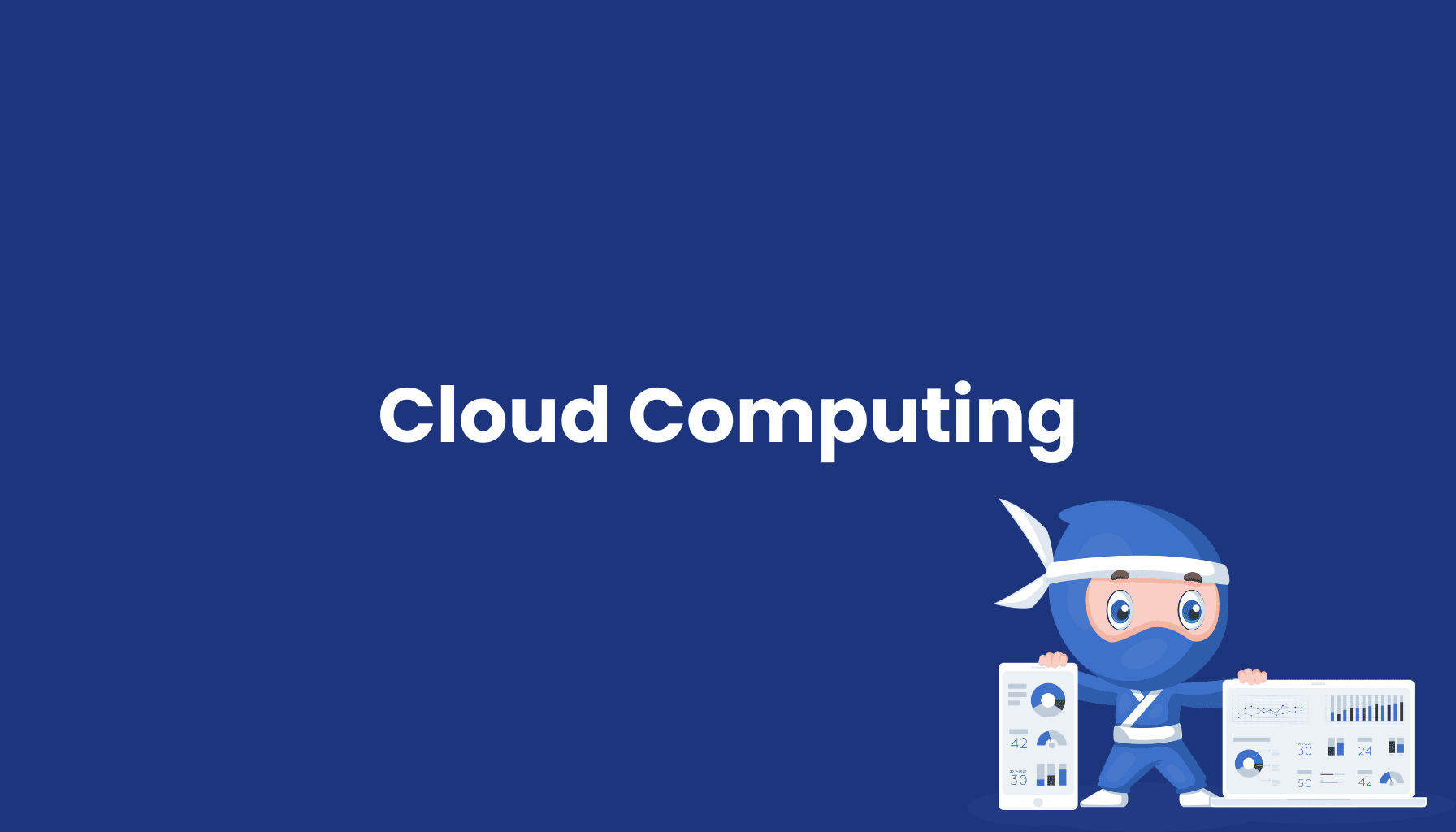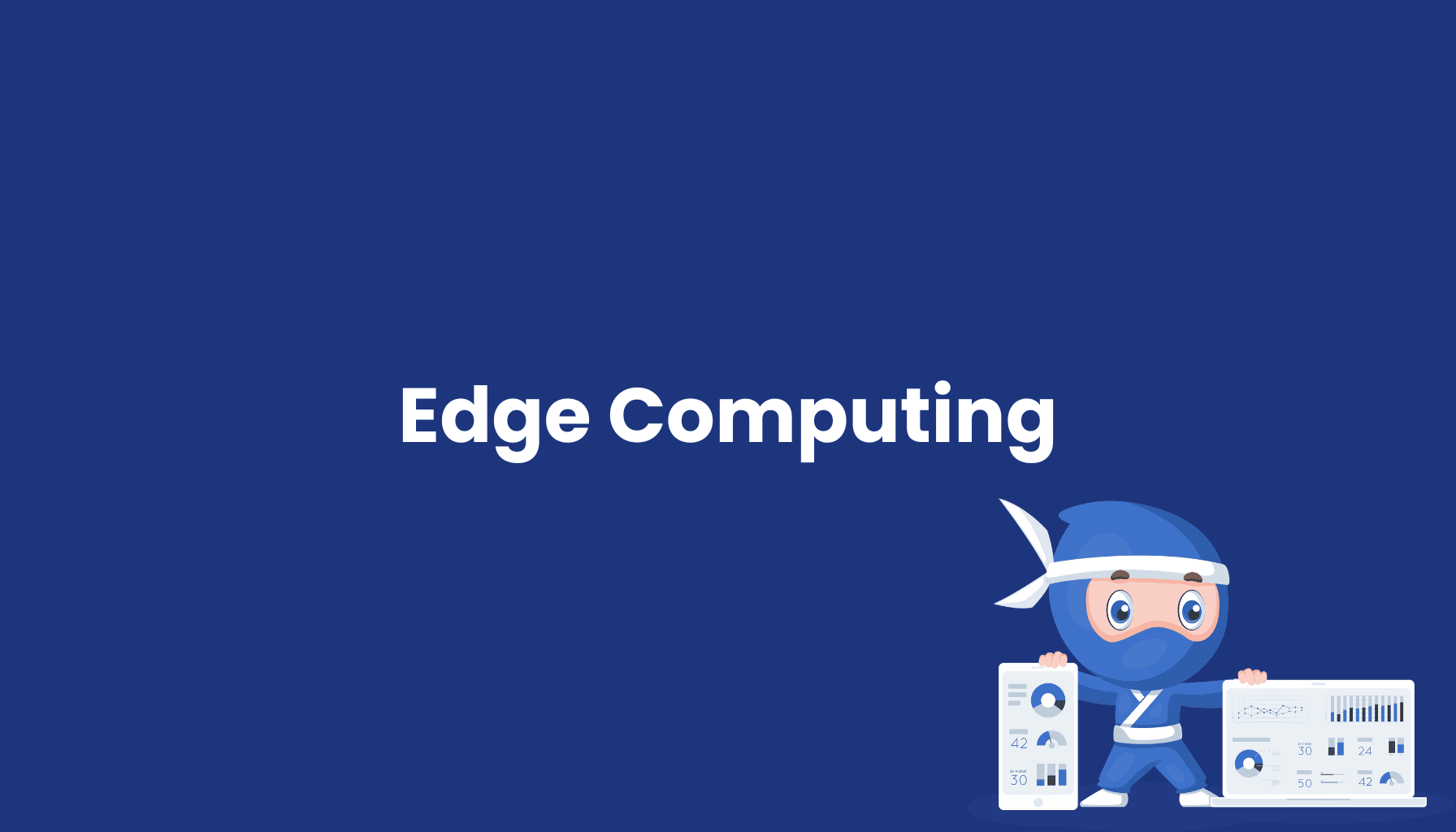Real-Time Data Monitoring (RTDM)

What is Real-Time Data Monitoring?
Real-Time Data Monitoring refers to the process where administrators can monitor, evaluate, and adjust the addition, deletion, modification, and usage of data in software, databases, or systems in real-time. This process typically uses graphical representations like charts and bars on a centralized dashboard, allowing for quick identification and resolution of anomalies, performance issues, and critical events.
Advantages of Real-Time Data Monitoring
- Low Latency: Information is transmitted with minimal delay, enabling immediate response.
- Fast Error Detection: Critical issues can be identified and resolved instantly, minimizing downtime.
- Efficient Data Management: Real-time monitoring allows better control and management of data operations.
Application Areas
- Network System Maintenance: Monitoring network performance for quick problem identification and resolution.
- Regulatory Compliance: Ensuring adherence to legal requirements and standards.
- Good Laboratory Practice (GLP) Management: Maintaining standards and guidelines in laboratory operations through real-time monitoring.
Key Components of Real-Time Data Monitoring
- Dashboards and User Interfaces: Visualization of data in real-time for quick analysis and decision-making.
- Notification Systems: Immediate alerts for anomalies or critical events, facilitating rapid responses.
- Integration with Other Systems: Connecting to ERP, MES, and other enterprise systems for comprehensive data analysis and processing.
Importance for Businesses
Real-Time Data Monitoring is a crucial tool for modern data management and analysis. It enables businesses to monitor their systems in real-time, identify and fix problems instantly, and maximize the efficiency of their data processing. This leads to improved uptime, higher data integrity, and optimized performance of enterprise systems.
Real-Time Data Monitoring and OEE
Integrating Real-Time Data Monitoring into production systems can significantly enhance Overall Equipment Effectiveness (OEE). By monitoring machine and equipment data in real-time, businesses can immediately address failures, performance drops, or quality issues. This allows for quicker troubleshooting and precise optimization of production processes, leading to higher availability, better performance, and improved quality. Consequently, Real-Time Data Monitoring maximizes OEE, contributing to increased overall production efficiency.





